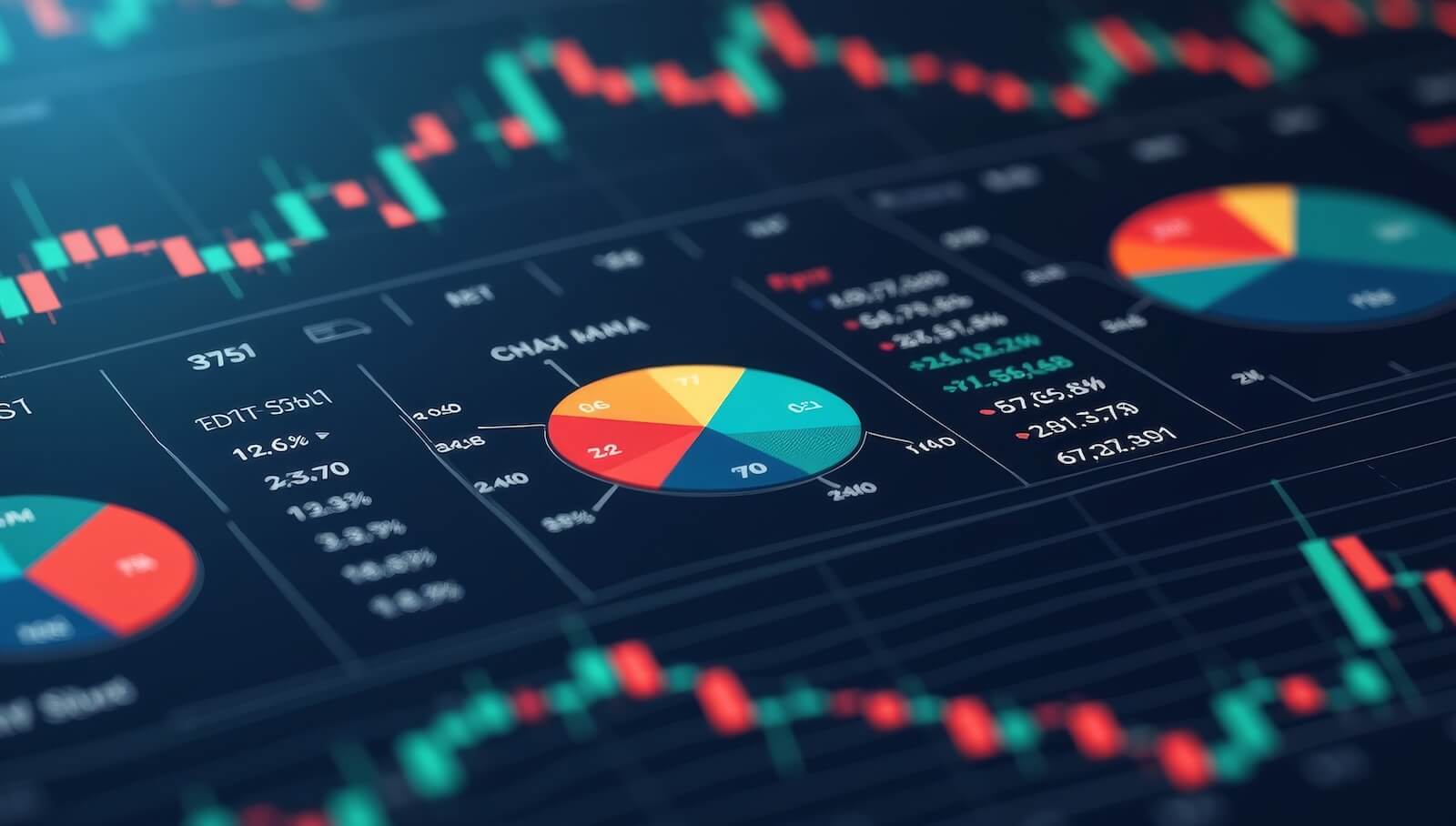TEN-YEAR TREASURY YIELD JUMPS TO NINE MONTH HIGH -- BANK OF JAPAN CUTS BOND PURCHASES -- THAT'S BOOSTING BANKS WHILE HURTING UTILITIES -- A DRAMATIC ROTATION OUT OF UTILITIES INTO TRANSPORTS POINTS TO A STRONGER ECONOMY AND HIGHER RATES
TEN-YEAR TREASURY YIELD REACHES HIGHEST LEVEL SINCE MARCH ... Chart 1 shows the 10-Year Treasury Yield ($TNX) climbing 5 basis points to 2.53% which is the highest level since last March. That leaves little doubt that the trend for Treasury yields is upward. Part of the reason for today's jump in yields may be due to the fact that the Japanese central bank cut its purchases of longer-dated bonds for the first time in two years. By keeping its 10-Year Japanese bond yield anchored at zero, the BOJ has been the world's most accomodative central banker. Today's move suggests a possible shift to a less accomodative policy. That may also explain why bond yields are climbing around the world today, including Japan. But Treasury yields are rising faster. That explains why the U.S. dollar is climbing today against major foreign currencies. With one exception. The BOJ move is giving a boost to the Japanese yen. The bounce in the oversold dollar, however, is causing some profit-taking in precious metals. The jump in bond yields is pushing bond prices sharply lower today. And it's causing a predictable reaction among rate sensitive market sectors. Rising yields are helping banks while hurting bond proxies like utilities and REITS.

(click to view a live version of this chart)
Chart 1
BANK GAINS WHILE UTILITIES TUMBLE ... Previous messages have explained that rising bond yields cause money to flow into financial stocks like banks, while hurting bond proxies like utilities and REITS. And that pattern is continuing today with the upside breakout in Treasury yields. Chart 2 shows the S&P Bank SPDR (KBE) hitting a new high today. The KBE/SPX ratio (top of chart) has been relatively flat of late. But an upside breakout in the RS line appears likely. That's good news for banks and the financial sector in general. But it's bad for bond proxies like utilities. Chart 3 shows Utilities Sector SPDR (XLU) falling further below its 200-day average to the lowest level since July. The XLU/SPX ratio (top of chart) has fallen to the lowest level in two years. REITs are also being pushed lower by rising bond yields. Not surprisingly, they're the day's two weakest sectors. That suggests to me that stock investors are already pricing in higher bond yields and lower bond prices. And a stronger economy with higher inflation.

(click to view a live version of this chart)
Chart 2

(click to view a live version of this chart)
Chart 3
ROTATION OUT OF UTILITIES AND INTO TRANSPORTS ... Chart 4 shows a pretty dramatic rotation that started in November out of rate-sensitive utility stocks (red bars) and into economically-sensitive transportation stocks. That makes perfect sense in a strengthening economy with expectations for higher interest rates. While the Dow Tranports (black bars) have reached a record high, the Dow Utilities (red bars) have tumbled to the lowest level in six months. A direct comparison of their relative performance is even more dramatic, and carries a couple of economic messages. The solid black line in Chart 5 plots a relative strength ratio of the Dow Transports divided by the Dow Utilities over the last two years. And it shows three notable upturns taking place starting in mid-2016 and again this August and November (up arrows). The most recent ratio upturn is one of the strongest in recent years. The main catalyst behind those rotations appears to be upturns in the 10-Year Treasury yield (green line). That happened in July 2016 (when the TNX bottomed) and more recently in early September and November. Today's upside breakout in bond yields has pushed the tranportation/utility ratio to a new record. We know why rising bond yields are causing utility stocks to fall. A closer examination of what groups are leading the transportation rally higher may be even more revealing.

(click to view a live version of this chart)
Chart 4

(click to view a live version of this chart)
Chart 5
RAILS AND TRUCKERS LEAD TRANSPORTS HIGHER... One of the tenets of Dow Theory is that a strong transportation sector is necessary for a bull market to continue and for an economy to expand. That's because the transports have to move the raw materials and manufactured goods around the country. And the two transportation groups that do most of that hauling are rails and truckers. It just so happens that those two groups are hitting new records and leading the transports higher (see Chart 6). Since the Dow Transports turned up in August, truckers and rails have gained 37% and 30% respectively versus a 20% gain in the Dow Transports (while the Dow Industrials gained 11% and the Dow Utilities lost -3%). There have been a number of media reports over the last week on a shortage of trucks to meet the rising demand to move freight around the country, and the fact that truck leasing rates are being pushed higher as a result. In other words, companies are being forced to pay more to get their goods or ship them. When that happens, it's usually just a matter of time before those higher costs are passed on to consumers. In other words, higher prices are already building up in the inflation pipeline. There are a number of conclusions that can be drawn from the recent rotation out of utilities and into transports. One is simply that investors expect a stronger economy with higher interest rates. A second conclusion, however, is that investors are starting to prepare for higher inflation. That would explain why they've also been buying inflation hedges like energy and material stocks as well as Treasury inflation Protected Securities (TIPS).











